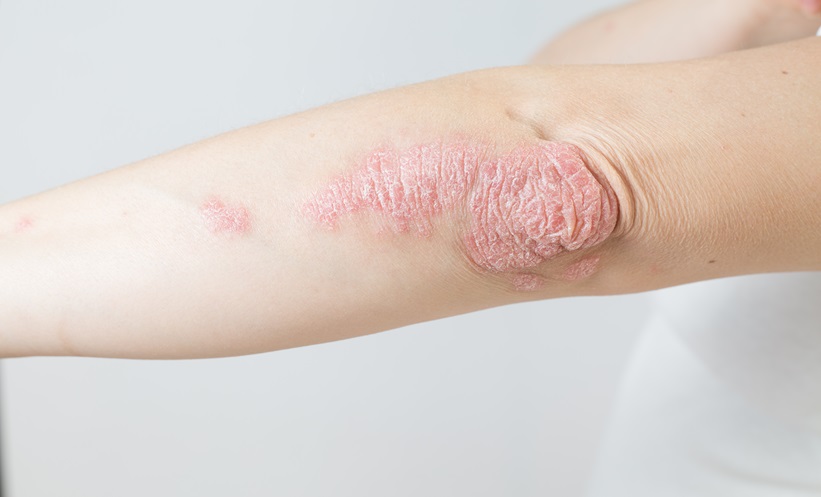INTRIGUING new research has found that specific compounds present in fire ant venom have the potential to form a new, topical treatment for psoriasis. The results of a collaboration study between Emory University, Atlanta, Georgia and Case Western University, Cleveland, Ohio, USA, found that a compound derived from fire ant venom was capable of reducing skin thickening and inflammation in a mouse model for psoriasis.
Psoriasis is a relatively common autoimmune disease that results in a build-up of cells on the skin surface. The usual treatment for mild to moderate cases involves topical steroids to reduce inflammation when applied to the affected area. These do, however, come with side effects, namely thinning of the skin and a tendency to bruise.
The principal toxic compounds in the fire ant venom, solenopsins, have a similar molecular shape to ceramides, lipid-like molecules that are required for maintaining the barrier-like function of the skin. Ceramides, therefore, are an ingredient in many skin-care products. However, in some situations, ceramides can be metabolised into sphingosine-1-phosphate, which is an inflammatory molecule. This study focussed on creating solenopsin analogues that could not be converted to sphingosine-1-phosphate. The analogues created were applied to the psoriasis mouse model in a skin cream over 28 days.
The results showed that those mice who received the treatment had reduced skin thickness (by approximately 30%) and reduced numbers of T cells in the treated areas. The study also applied the solenopsin analogues to cultures of skin dendritic cells, which resulted in decreased production of the inflammatory molecule interleukin-22 and increased production of the anti-inflammatory molecule interleukin-12. Additionally, the solenopsin analogues were found to be capable of reversing the upregulation of two genes coding for two inflammatory pathway components, calprotectin and Toll-like receptor 4.
Prof Jack Arbiser, Emory University School of Medicine, said “We believe that solenopsin analogues are contributing to full restoration of the barrier function of the skin.” Using them in combination with current steroid treatment could provide a more effective, potentially curative, treatment. The systemic toxicity of solenopsin has not yet been tested, but Prof Arbiser suggested that toxicity might not necessarily mean it could not be used. For example, botulinum toxin is used topically without adverse effects; therefore, solenopsin provides an exciting prospect for the future of psoriasis treatment.
(Image: freeimages.com)








